Point
A point is an exact location. It has no size, only position.
Drag the points below (they are shown as dots so you can see them, but a point really has no size at all!)
Drag the points below (they are shown as dots so you can see them, but a point really has no size at all!)
Points usually have a name, often a letter like "A", or even "W"
The exact location of a point can be shown usingCartesian Coordinates.
Here we see the point (12,5)
Line

In geometry a line:
- is straight (no curves),
- has no thickness, and
- extends in both directions without end (infinitely).
A line has no ends
Line Segment
Line Segment
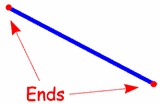
If it does have ends it is called a "Line Segment".
Ray

If it has just one end it is called a "Ray"
Degrees (Angles)
We can measure Angles in Degrees.
There are 360 degrees in one Full Rotation (one complete circle around).
(Angles can also be measured in Radians)
(Note: "Degrees" can also mean Temperature, but here we are talking about Angles)
The Degree Symbol: °
We use a little circle ° following the number to mean degrees.
For example 90° means 90 degrees
One Degree
This is how large 1 Degree is
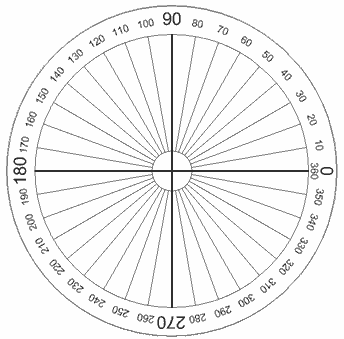
The Full Circle
A Full Circle is 360°
Half a circle is 180°
(called a Straight Angle)
(called a Straight Angle)
Quarter of a circle is 90°
(called a Right Angle)
(called a Right Angle)
Why 360 degrees? Probably because old calendars (such as the Persian Calendar) used 360 days for a year - when they watched the stars they saw them revolve around the North Star one degree per day.
Also 360 can be divided evenly by 2, 3, 4, 5, 6, 8, 9, 10, 12, 15, 18, 20, 24, 30, 36, 40, 45, 60, 72, 90, 120 and 180, which makes a lot of basic geometry easier.
|
Measuring Degrees
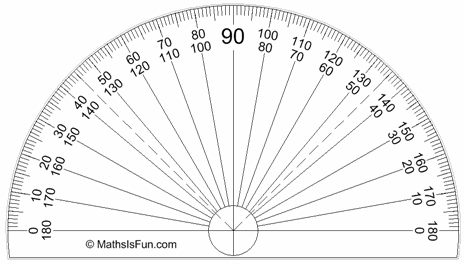
The normal protractor measures 0° to 180°
Supplementary Angles
Two Angles are Supplementary when they add up to 180 degrees.
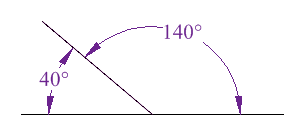
These two angles (140° and 40°) are Supplementary Angles, because they add up to 180°:
Notice that together they make a straight angle.
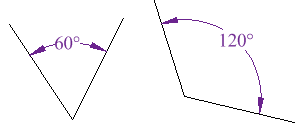
But the angles don't have to be together.
These two are supplementary because
60° + 120° = 180° Play With It ...
(Drag the points)
55° + 125° = 180°
© 2015 MathsIsFun.com v 0.82
Complementary vs Supplementary
A related idea is Complementary Angles, they add up to 90°
How to remember which is which? Easy! Think:
You can also think "Supplement" (like a Vitamin Supplement) is something extra, so it is bigger.
|
There are also full-circle protractors.
But they are not as commonly used because they are a bit big and don't do anything special.
Angles
An angle measures the amount of turn
Names of AnglesAs the Angle Increases, the Name Changes:
Try It Yourself:
© 2015 MathsIsFun.com v0.86
 Also: the letter "A" has an acute angle. Be Careful What You Measure
Positive and Negative Angles
When measuring from a line:
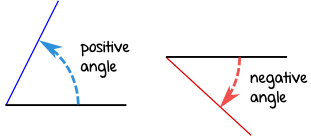  Parts of an Angle
The corner point of an angle is called the vertex
And the two straight sides are called arms
The angle is the amount of turn between each arm.
How to Label Angles
| ||||||||||||||||||||||||||||||||||||||||||||||||||||||||||||
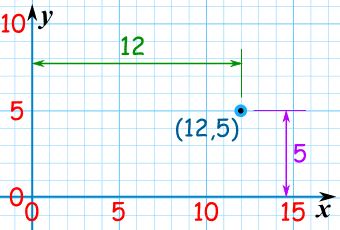
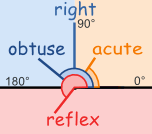
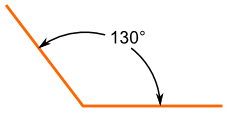
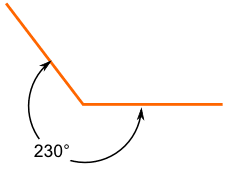



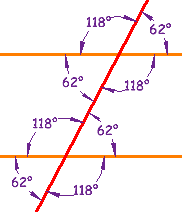
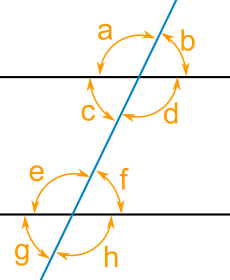
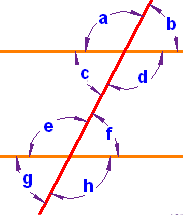
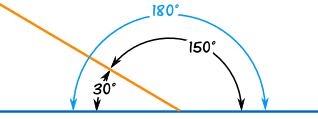
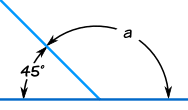
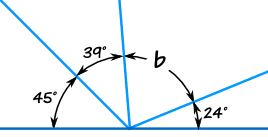
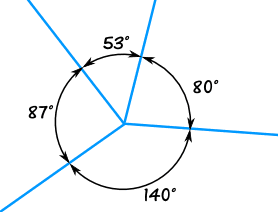
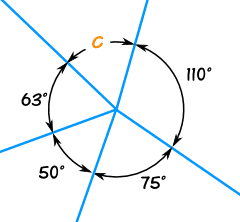
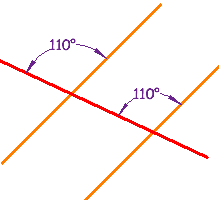
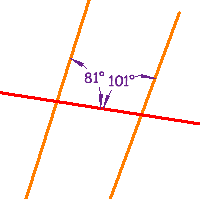
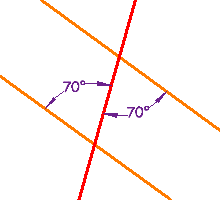
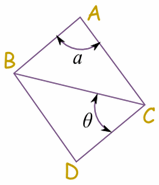
No comments:
Post a Comment